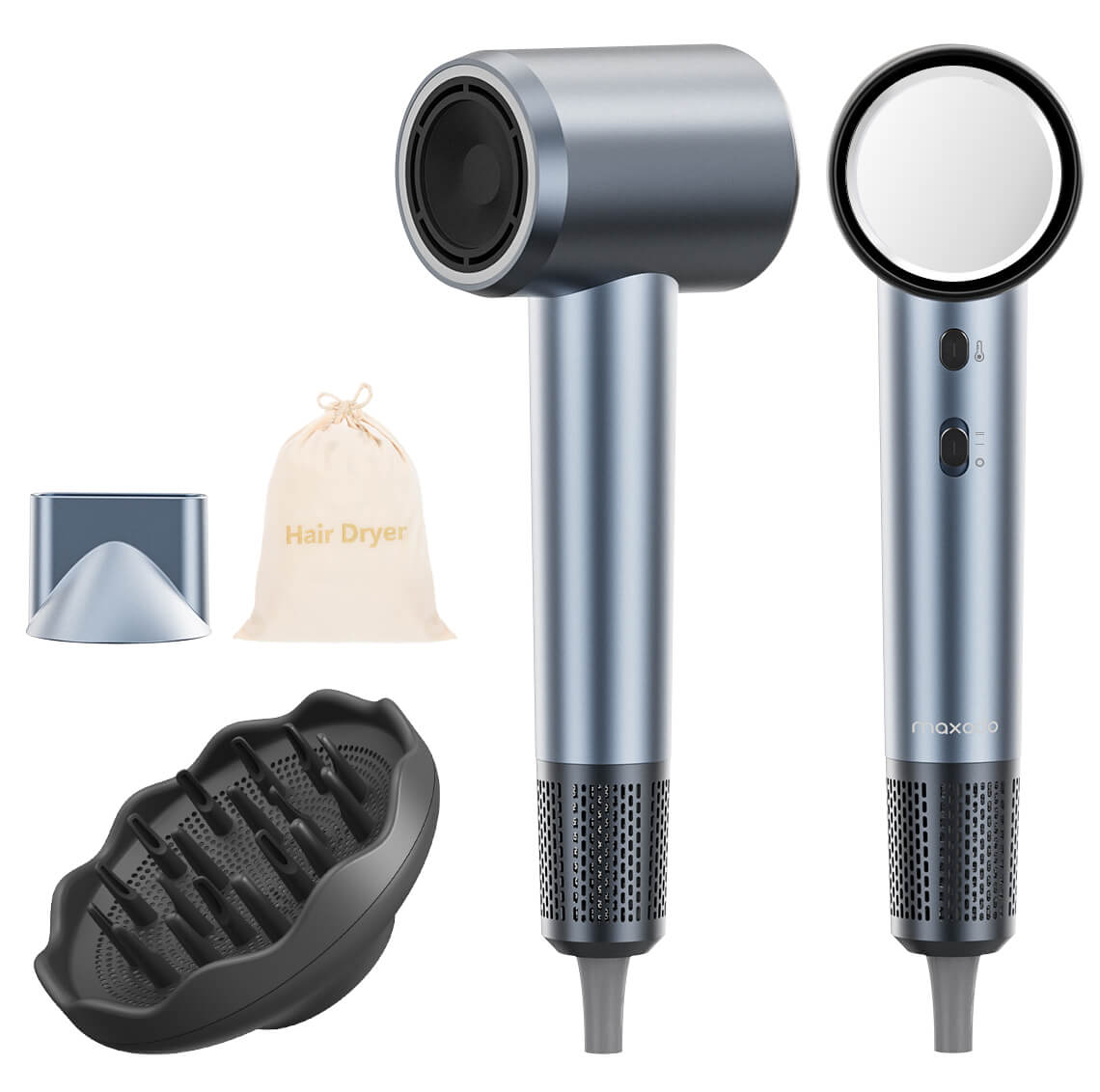
- Home
- Hair Dryer
- The Art of Speed-Drying: Techniques for Faster Blow-Drying
The Art of Speed-Drying: Techniques for Faster Blow-Drying

Blow-drying is a crucial step in many people’s grooming routines, transforming wet hair into a styled, polished look. At its core, blow-drying uses hot air to evaporate water from your hair strands, accelerating the drying process significantly compared to air drying. However, mastering the art of blow-drying involves more than just blasting your hair with hot air. It requires understanding how to manipulate temperature, airflow, and hair direction to achieve your desired outcome without causing damage to your hair. This section will guide you through the foundational principles of effective blow-drying, setting the stage for more advanced speed-drying techniques.
Speedy and efficient drying isn’t just about saving time; it’s about maintaining the health and integrity of your hair. Extended exposure to high heat can lead to dry, brittle strands, split ends, and even scalp irritation. Learning to dry your hair quickly minimizes these risks, keeping your hair healthier in the long run. Moreover, efficient drying techniques can enhance your hair’s volume, shine, and overall appearance, proving that fast can also be fabulous.
Choosing the Right Tools for Speed-Drying
High-Power Hair Dryers: A Game-Changer
The cornerstone of effective speed-drying is a high-power hair dryer. These dryers are designed to produce a more robust airflow, significantly cutting down drying time. When selecting a high-power hair dryer, look for models with wattage ratings of at least 1800 to 2000 watts. These devices often come with multiple speed and heat settings, allowing for greater control over the drying process. A high-power hair dryer can make a dramatic difference in your routine, offering salon-quality results in the comfort of your home.
The Role of Nozzles and Diffusers in Faster Drying
Nozzles and diffusers are not just accessories; they are essential tools for tailored blow-drying experiences. Concentrator nozzles focus the airflow, allowing for precise styling and faster drying of specific sections. This targeted approach reduces overall drying time and helps in achieving smoother hairstyles. Diffusers, on the other hand, distribute air more evenly around curls and waves, enhancing natural texture while reducing frizz. Using these attachments strategically can dramatically improve the efficiency and quality of your blow-drying routine.
Why the Quality of Your Hairbrush Matters
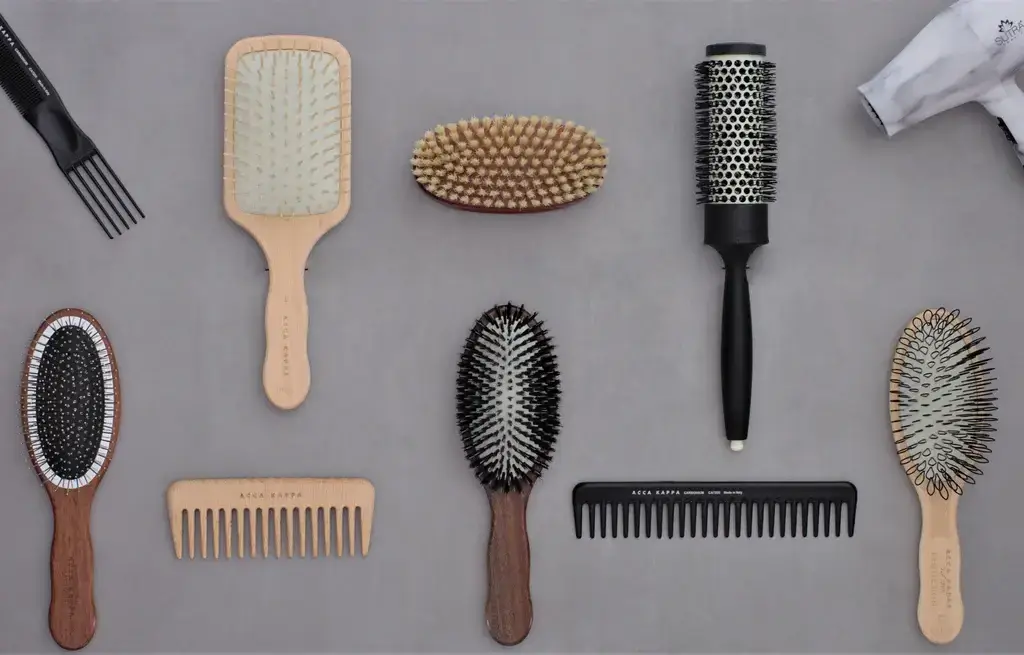
The hairbrush you use while blow-drying plays a pivotal role in the speed and effectiveness of the process. A high-quality brush can help detangle without pulling or breaking strands, distribute the hair’s natural oils, and add shine. Brushes with vented designs allow hot air to pass through the brush and hair simultaneously, speeding up drying time. Moreover, the material of the brush (such as ceramic or tourmaline) can help manage heat distribution, reducing damage and leaving your hair smooth and polished.
Prep Work: Setting the Stage for Speedy Blow-Drying
The Impact of Towel-Drying Techniques
Proper towel-drying can significantly reduce blow-drying time. The key is to blot and squeeze moisture from your hair gently, rather than rubbing, which can cause frizz and tangling. Using a microfiber towel or a soft cotton t-shirt can absorb water more efficiently than traditional towels, leaving your hair damp rather than wet. This initial step ensures that you’re not wasting valuable time and heat on evaporating excess water.
Hair Products That Enhance Drying Efficiency
The right hair products can not only protect your hair from heat damage but also speed up the drying process. Before blow-drying, consider applying a lightweight, heat-protectant spray or a volumizing mousse designed to reduce drying time. These products work by forming a protective barrier over the hair shaft or by helping to distribute heat more evenly throughout your hair. Look for formulations that specifically mention speed-drying benefits to get the best results.
Techniques for Faster Blow-Drying
Sectioning Your Hair for Speedy Results
Sectioning your hair is a crucial step for efficient blow-drying, especially for those with thick or long hair. Begin by dividing your hair into manageable sections—typically four to six, depending on hair volume and length. Use clips to secure each section. Start drying the lower sections at the nape of your neck, moving upwards. This technique ensures each strand receives direct airflow, significantly reducing drying time.
The Optimal Blow-Drying Technique: A Step-by-Step Guide
Start with Damp, Not Soaking Wet Hair: After towel-drying, let your hair air dry briefly to minimize blow-dry time.
Apply a Heat Protectant: This protects your hair from heat damage and can also speed up drying time.
Choose the Right Brush: A vented brush works well for most hair types, allowing air to flow through and dry hair faster.
Use the Dryer Efficiently: Keep the dryer moving to avoid overheating any area. Aim the airflow down the hair shaft to smooth cuticles and enhance shine.
Finish with a Blast of Cold Air: This seals the cuticles, locking in style and adding shine.
Heat Settings and Their Effects on Drying Time
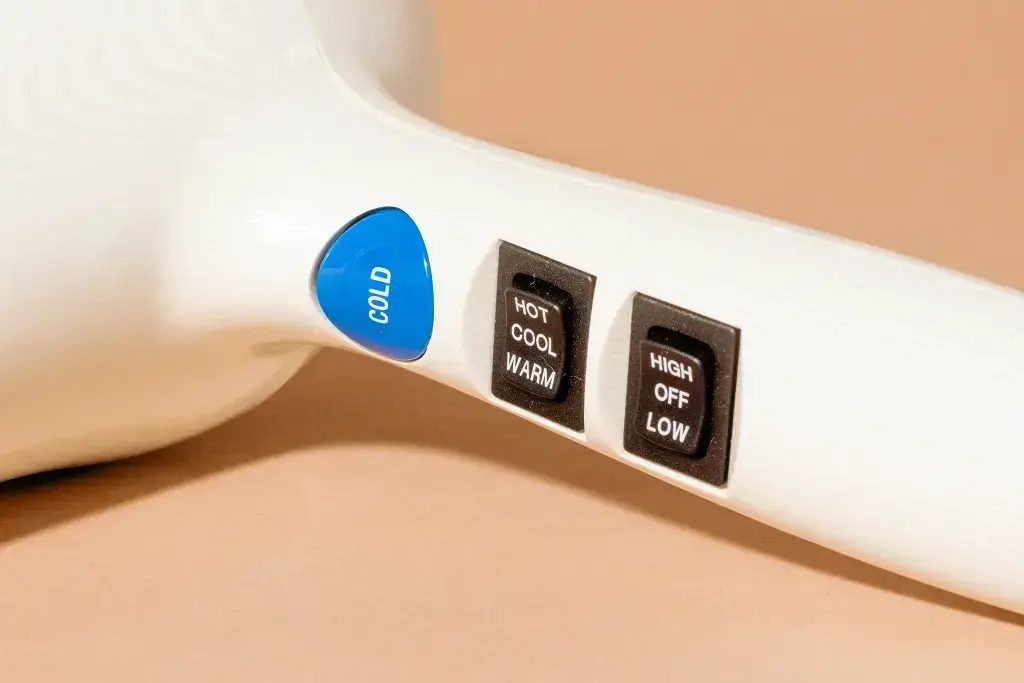
Understanding your dryer’s heat settings is vital for efficient drying. High heat is effective for removing excess moisture quickly, but it’s crucial to switch to a lower heat setting as hair begins to dry to prevent damage. Thick or coarse hair may require higher temperatures, whereas fine or damaged hair benefits from lower heat. Regularly alternating between settings can optimize drying time while minimizing hair damage.
Advanced Tips and Tricks for the Speed-Savvy
Mastering the Cool Shot Button for Faster Drying
The cool shot button on your hairdryer isn’t just for setting your style—it’s a powerful tool for speeding up drying time. Alternating between warm and cool air can help to more quickly evaporate water from your hair. This method also helps to close the hair cuticle, making your hair look smooth and shiny.
How to Use Ionic Technology to Your Advantage
Ionic hair dryers emit negatively charged ions that break down water molecules, accelerating the drying process. These ions also seal the hair cuticle, reducing frizz and enhancing shine. For faster drying times, use an ionic dryer on damp hair and notice the difference in both time and hair texture.
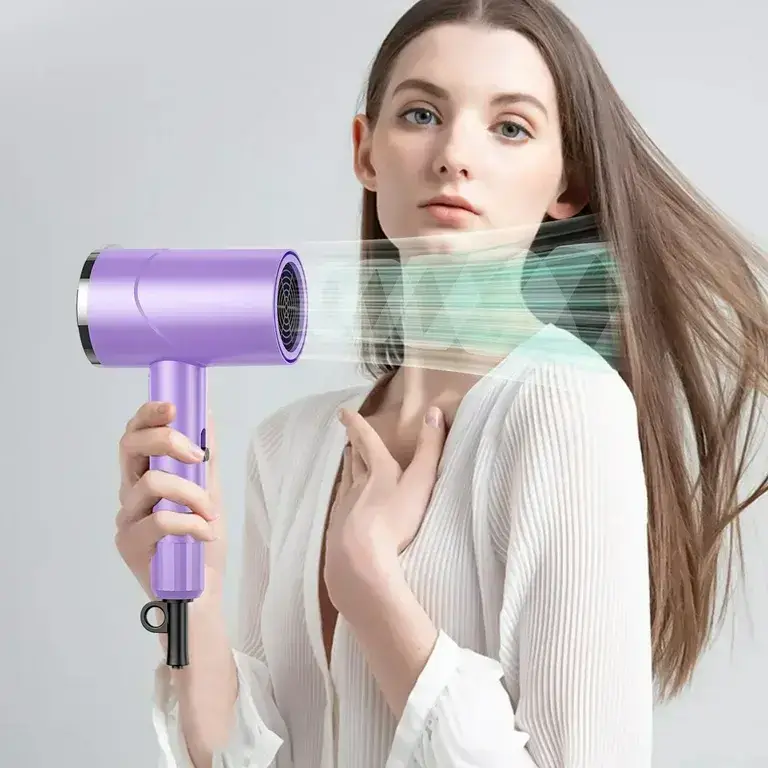
Drying Long vs. Short Hair: Tailored Approaches
Long Hair: Focus on drying the roots first, as this will help to remove a significant amount of moisture. Use a round brush to lift the roots and add volume. Finish by drying the ends, using a brush to guide the hair and the dryer.
Short Hair: Short hair dries faster naturally, but technique can still improve the process. Start at the roots, using your fingers or a small brush to lift and dry the hair, moving towards the tips.
Maintaining Hair Health During Speed-Drying

Protecting Your Hair from Heat Damage
Prevent heat damage by always applying a heat protectant before blow-drying. These products form a protective barrier over the cuticle, helping to lock in moisture and shield the hair from high temperatures. Regular trims to remove split ends and avoiding excessive heat can also preserve hair health.
The Best Heat Protectants for Every Hair Type
Fine Hair: Look for lightweight sprays that won’t weigh hair down.
Thick or Coarse Hair: Creams or serums can provide more substantial protection.
Curly or Textured Hair: Oils or creams designed for curls can offer protection while enhancing natural texture.
Balancing Speed and Safety: Finding the Right Temperature
The key to fast yet safe blow-drying lies in balancing temperature and technique. Start with higher heat to remove excess moisture, then lower the heat as hair dries to prevent damage. Always keep the dryer moving to distribute heat evenly and avoid overheating any single area. Remember, a little extra time spent on technique can save your hair from long-term damage.
Case Studies: Real-Life Success Stories
From Frizzy to Fabulous: A Speed-Drying Transformation
Meet Emily, a graphic designer with naturally curly hair that has always leaned on the frizzier side of life. Tired of dedicating hours to blow-drying with mediocre results, Emily sought a faster, more effective solution. By adopting a targeted approach, using a high-power ionic hair dryer, and applying a heat protectant designed for curly hair, Emily cut her drying time in half. Not only did she achieve faster results, but her curls became more defined, and frizz became a thing of the past. Emily’s morning routine transformed from a dreaded task into a quick, satisfying ritual, proving that the right technique and tools can turn even the frizziest hair fabulous.
The Busy Professional’s Guide to Quick Morning Blow-Dries
Daniel, a busy lawyer, found his lengthy morning grooming routine was eating into his precious time, leaving him rushed and stressed before his day even began. By following a few simple changes—towel-drying his hair thoroughly before blow-drying, using a nozzle attachment for concentrated airflow, and mastering the art of sectioning—he managed to streamline his morning routine. Daniel’s story is a testament to how investing a little time to learn speed-drying techniques can save a lot of time in the long run, making it possible to look polished and professional without the morning rush.
Achieving Salon-Quality Results at Home
Sarah, a stay-at-home mom, missed the pampering and pristine blowouts of a salon visit—a luxury she couldn’t afford as frequently anymore. Determined to replicate the experience at home, Sarah explored the techniques and tools used by professionals. She invested in a professional-grade hair dryer, learned the importance of using the right brush, and practiced the professionals’ blow-drying method. With patience and practice, Sarah began achieving salon-quality results from the comfort of her home, proving that with the right knowledge and tools, anyone can bring the salon experience home.
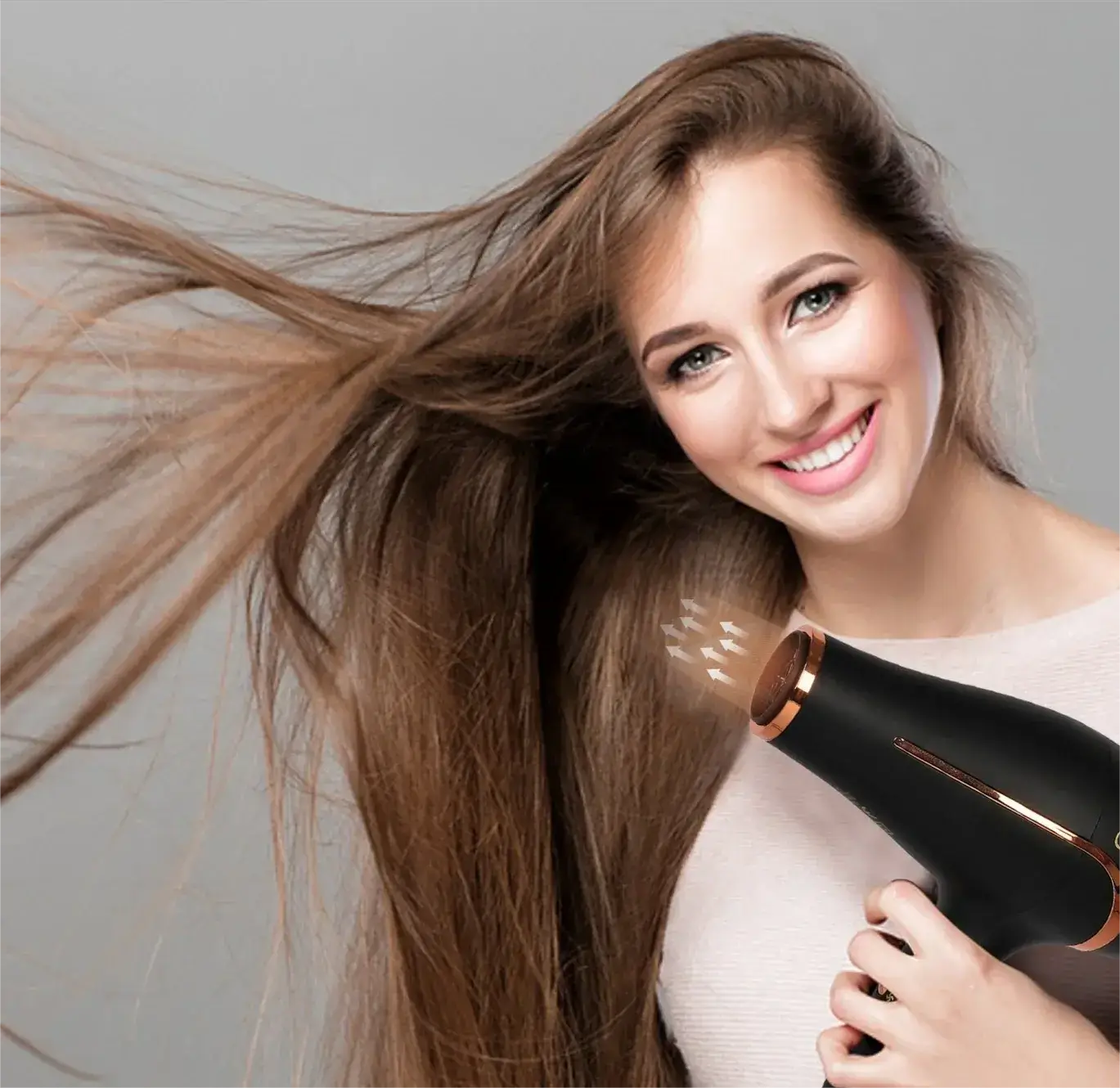
FAQs: Answering Your Speed-Drying Questions
How Often Should I Clean My Hair Dryer?
Regular maintenance of your hair dryer is crucial for performance and longevity. It’s recommended to clean the lint filter every month to prevent buildup and ensure efficient airflow. A clean hair dryer not only dries your hair faster but also extends the life of your device.
Can Speed-Drying Work for All Hair Types?
Absolutely! While the techniques and tools may vary depending on hair texture and length, the principles of speed-drying can be adapted to suit everyone. The key is to understand your hair’s needs and adjust the heat setting, drying technique, and styling products accordingly.
Tips for Dealing with Common Blow-Drying Challenges
For thick, dense hair, sectioning is crucial. It ensures even drying and saves time.
If your hair is prone to frizz, use an ionic dryer and a smoothing product to lock in moisture.
Fine hair can benefit from a volumizing spray and lower heat settings to prevent damage and add body.
Conclusion: Embracing the Art of Speed-Drying
Learning to efficiently blow-dry your hair not only saves time but also improves the health and appearance of your hair. By minimizing heat exposure and adopting techniques that enhance your hair’s natural beauty, you can enjoy a polished look with less effort and time.
Every hair type is unique, and what works for one person may not work for another. Therefore, it’s important to experiment with different techniques, tools, and products to discover what best suits your hair type and lifestyle. Remember, mastering the art of speed-drying is a journey—be patient, and enjoy the process of discovering the best approach for your hair.


Diffuser Hair Dryers Explained: What You Need to Know

Common Mistakes to Avoid When Diffusing

How to Use a Diffuser Hair Dryer for Perfect Curls

How to Care for Wavy Hair: The Ultimate Guide

How to Achieve Versatile Hairstyles Using a Hair Dryer
Popular Post

The Curly Hair Benefits of Using a Diffuser Hair Dryer

Diffuser Hair Dryers Explained: What You Need to Know

